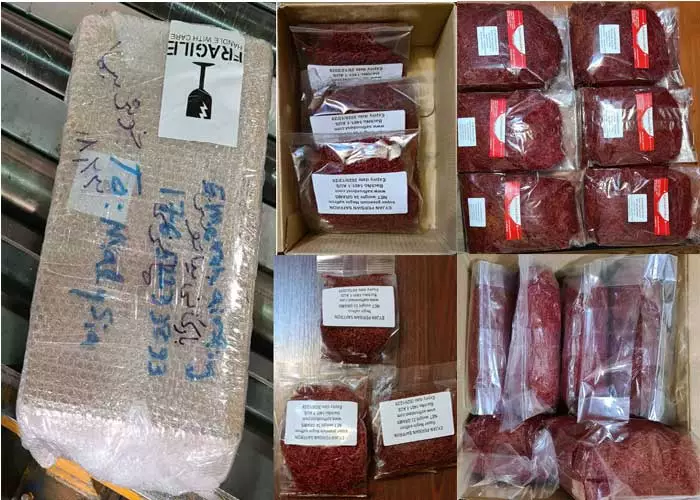 |
| Himalayan Herbal Resorts |
Trees and flowers provide a visual contrast to the built environment of a hotel/resort/ restaurant/guest house. Their colors, shapes, and textures soften the hard lines of buildings and create a more natural, aesthetically pleasing setting.
The presence of plants has been shown to reduce stress and promote relaxation. A hotel with lush greenery can offer a more calming and inviting atmosphere for guests, making them feel more comfortable and at ease.
Trees and plants help to purify the air, improving the overall air quality around the hotel. This can be especially important in urban environments or areas with pollution.
Enhanced Guest Experience:
The presence of well-maintained landscaping can greatly enhance the guest experience. Guests are more likely to enjoy their stay and remember the hotel fondly if it is surrounded by beautiful and thriving greenery.
The landscaping is often the first thing guests see when they arrive at a hotel/resort/resturant. A welcoming and attractive entrance with trees and flowers can create a positive first impression, setting the tone for their entire stay.
A hotel/resort/resturant without trees and flowers can appear barren, harsh, and uninviting, resembling a desert landscape. This can be a deterrent to potential guests and may negatively impact the peoperty reputation.




